#Arikara
Text

My piece I’ve made over a year ago won first! So did my traditional doll I spent like 2 months on (it got third) which isn’t bad the two other dolls were flipping crazy! But I’m glad I got this story drawn out as well as placing for it! Two years in a row!
568 notes
·
View notes
Text
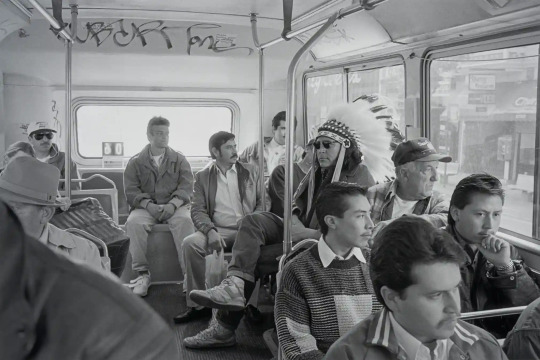
Indian Man on the Bus, Mission District, San Francisco, California, Zig Jackson, 1994
#zig jackson#photography#vintage photography#indigenous art#vintage#black and white photography#american#1990s#1994#indigenous artists#indigenous americans#mandan#hidatsa#arikara
48 notes
·
View notes
Text

Bloody Knife (maybe), Arikara, with Mr. De Frane - Goff - 1870s
8 notes
·
View notes
Text

#1948 - Tribal chairman of the Mandan#Arikara#and Hidatsa tribes of North Dakota was crying because he was forced under the threat of death of all his people to sign over the tribes’ ho#Ardentgoggles#oldschool
26 notes
·
View notes
Text
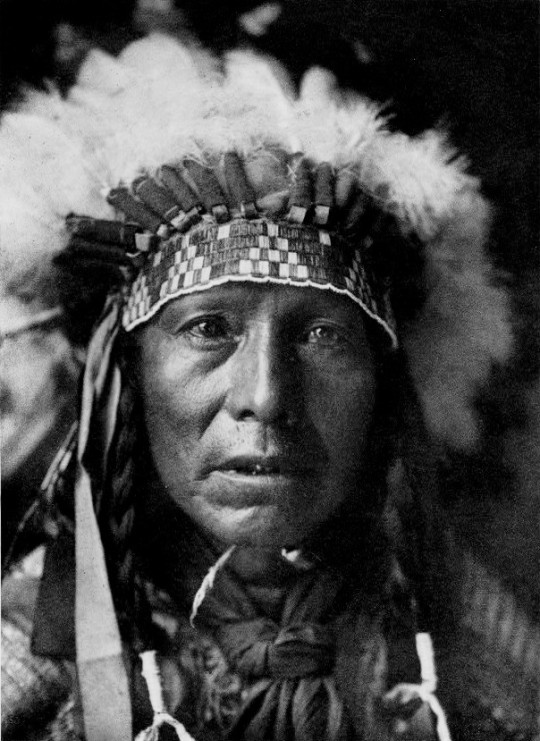
Red Star - Arikara - 1908
16 notes
·
View notes
Photo
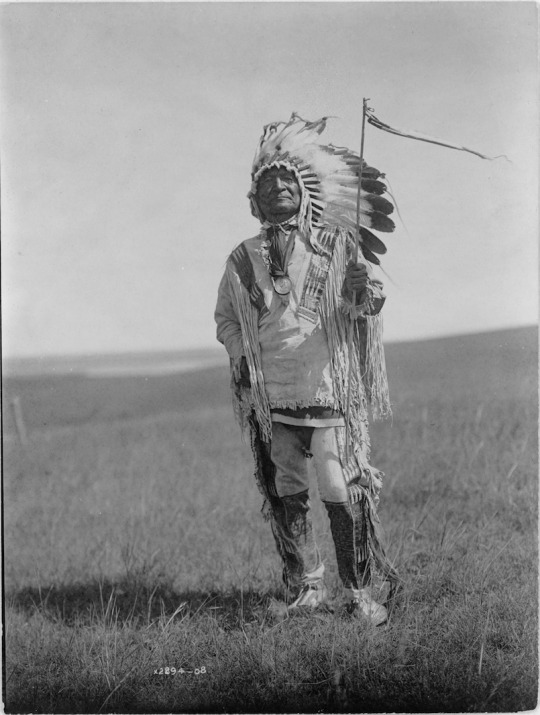
Ku-Nuh-Ti-Wit, Sitting Bear (Oso Sentado). Jefe Arikara. Hijo del importante Jefe principal Rushing Bear (Oso Corredor) y Red Eagle Woman (Mujer Águila Roja).
Oso Sentado fue jefe de los Arikara desde 1881 a 1915. Fotografía tomada por Edward S. Curtis en 1908.
#arikara#arikara tribe#arikara nation#natives#native#native american#Native America#Nativo#nativos#nativo americano#nativoamerica#Nativos Americanos#american indian
1 note
·
View note
Text
Shemale With Hairy Dick Jerking On Cam
Homemade mature son sex squirtning
Skinny milf gives sensual massage
Charming shemale anallizes her man and makes him cum
Aranza hombres solventes
Swisha Sweet Dick Skinny
Chubby brazilian milf fucked in doggy by my big cock
Cum on kajal agarwal
Missy Martinez arrested and jerks cops cock with cumshot on her big tits
VECINA SE SORPRENDE AL DESCUBRIR LA ENORME VERGA DEL NUEVO VECINO
#quarters#nonnegotiability#subterraneanized#presbyopia#underwit#nudophobia#nonmiscible#Hebbronville#unchastisable#Tirhutia#Bove#snagbush#unreposeful#nondynamical#nonnomination#Eisenstein#Efthim#Pineville#disastrousness#Arikara
0 notes
Text


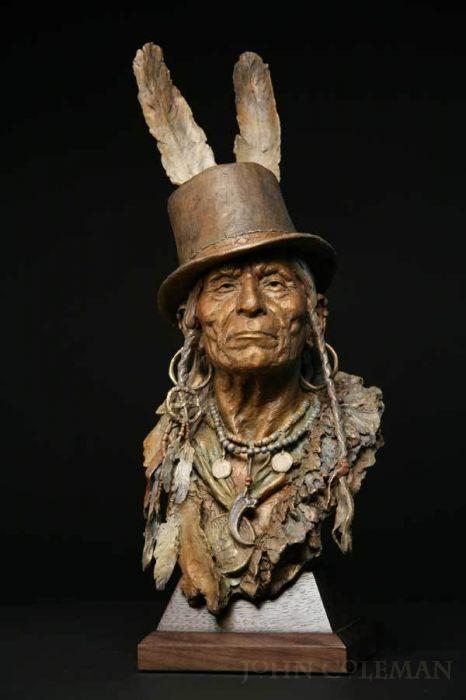
Bronze Sculpture by John Coleman
Arikara Chief
Live with Honour
Mr Delegate
72 notes
·
View notes
Link
#science quickly#scientific american#podcast#mandan hidasta and arikara nation#native americans#indigenous americans#nuclear weapons#nuclear war
0 notes
Text
You're Invited -- MHA Invites You to Enjoy This Powwow Season Celebration
A Brief Tutorial
The Mandan, Hidatsa and Arikara people celebrate their heritage this summer in the badlands. The rugged backdrop makes for a rich frame for the powwows such as the Mandaree Powwow, Twin Buttes and Little Shell. And you’re invited to come take a look, spend an afternoon or evening.
Powwows are happy family times for reunions, and contests. Judges evaluate the dancers, and winners…

View On WordPress
#beautifulbadlands#celebration#Mandaree#ndlegendary#NorthDakota#outwest#American Indian#Badlands#Badlands of North Dakota#BeNDLegendary#dancers#explore#family#Mandan Hidatsa Arikara#McKenzie County#MHA Nation#native american#Places to go#Powwow#regalia#ThingsToDoNorthDakota#traditon
1 note
·
View note
Note
would you ever be interested in redesigning the native hero from miraculous? i think she's sioux(? i think i heard that's not the right name for that tribe)
(She’s Oglala Lakota) Sioux is kind of slur so please do know the group you’re referring to and use the correct name. Or research what groups fall under the Sioux term because there’s several.
I have no interest in lady bug whatsoever and it isn’t the first time I’ve been ask about this character and I’ve heard about the creator of the show being weird anyways but overall I think this character is actually super cute. If I were to redesign her I’d probably just change her weird eyebrows and the hair wraps like just 3D model some braids please



Has for her transformation I’m really sick of native characters being stuck with brown color pallets like where’s the color. But it is cute I won’t lie, I’d just switch it with something more like a fancy shawl or hoop dance outfit/regalia (don’t call them costumes) there is eagle dances but those are strictly for other tribes. lakotas don’t have eagle dances.


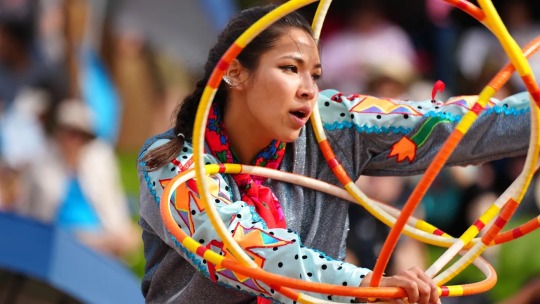

But whatever this is, IS OVER STEPPING ‼️😭 please don’t step foot in anything relating to native spirituality because you will not do it right. Don’t touch the medicine wheel please.
Overall though she could have been worse, I love her detransformation design it’s so cute, but her transformation could be better.
**Please don’t use my opinion to justify her being a good design or speak for me. Wops** 😊
#miraculous ladybug#ladybug#native artist#indigenous artist#native american#btw I am Lakota and Arikara#character design#I don’t care about ladybug lore or the plot please don’t explain it to me#jessica keynes#eagle miraculous#ask
129 notes
·
View notes
Photo
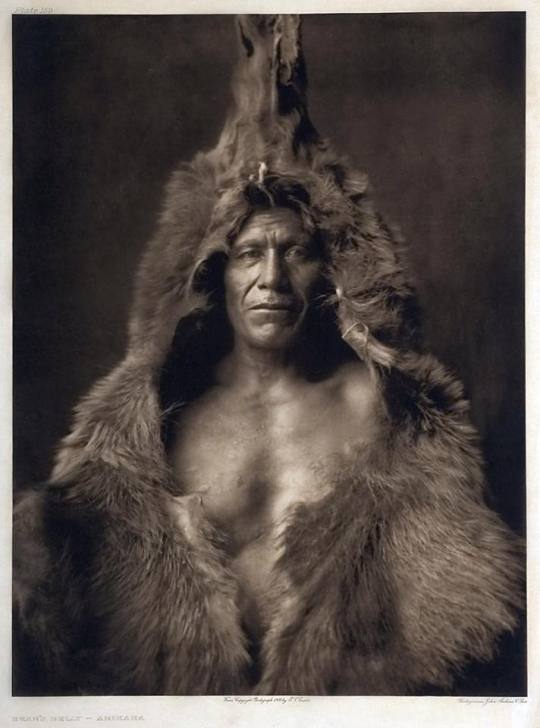
An Arikara medicine man named Bear's Belly shown wrapped in his sacred bear skin, 1908
61 notes
·
View notes
Text

Bloody Knife, Arikara - Goff - 1870s
6 notes
·
View notes
Text
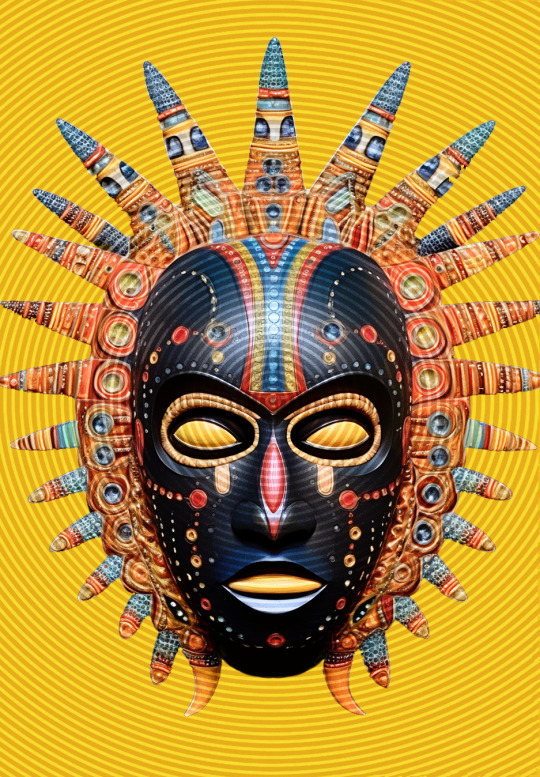
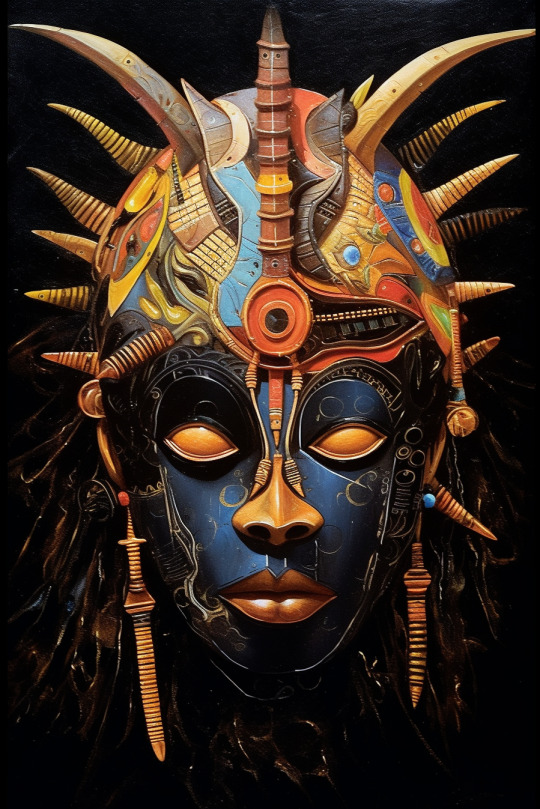
The Sacred Sun Dance ☀️
The Sun Dance is the most sacred ritual of Plains Indians, a ceremony of renewal and cleansing for the tribe and the earth. Primarily male dancers—but on rare occasions women too—perform this ritual of regeneration, healing and self-sacrifice for the good of one’s family and tribe. But, in some tribes, such as the Blackfeet, the ceremony is led by a medicine woman. It has been practiced primarily by tribes in the Upper Plains and Rocky Mountain, especially the Arapaho, Arikara, Assiniboine, Cheyenne, Crow, Gros Ventre, Hidatsa, Sioux, Plains Cree, Plains Ojibway, Omaha, Ponca, Ute, Shoshone, Kiowa, and Blackfoot tribes.
Usually the ceremony was practiced at the summer solstice, the time of longest daylight and lasts for four to eight days. Typically, the Sun Dance is a grueling ordeal, that includes a spiritual and physical test of pain and sacrifice.
34 notes
·
View notes
Text

Fool Thunder and family. Hunkpapa Lakota. 1880 ❤
The Hunkpapa (Lakota: Húŋkpapȟa) are a Native American group, one of the seven council fires of the Lakota tribe. The name Húŋkpapȟa is a Lakota word, meaning "Head of the Circle" (at one time, the tribe's name was represented in European-American records as Honkpapa). By tradition, the Húŋkpapȟa set up their lodges at the entryway to the circle of the Great Council when the Sioux met in convocation. They speak Lakȟóta, one of the three dialects of the Sioux language.
Seven hundred and fifty mounted Yankton, Yanktonai and Lakota joined six companies of the Sixth Infantry and 80 fur trappers in an attack on an Arikara Indian village at Grand River (now South Dakota) in August 1823, named the Arikara War. Members of the Lakota, a part of them "Ankpapat", were the first Native Americans to fight in the American Indian Wars alongside US forces west of the Missouri.
They may have formed as a tribe within the Lakota relatively recently, as the first mention of the Hunkpapa in European-American historical records was from a treaty of 1825.
By signing the 1825 treaty, the Hunkpapa and the United States committed themselves to keep up the "friendship which has heretofore existed". With their x-mark, the chiefs also recognized the supremacy of the United States. It is not certain whether they really understood the text in the document. The US representatives gave a medal to Little White Bear, who they understood was the principal Hunkpapa chief; they did not realize how decentralized Native American authority was.
With the Indian Vaccination Act of 1832, the United States assumed responsibility for the inoculation of the Indians against smallpox. Some visiting Hunkpapa may have benefitted from Dr. M. Martin's vaccination of about 900 southern Lakota (no divisions named) at the head of Medicine Creek that autumn. When smallpox struck in 1837, it hit the Hunkpapa as the northernmost Lakota division. The loss, however, may have been fewer than one hundred people.Overall, the Hunkpapa seem to have suffered less from new diseases than many other tribes did.
The boundaries for the Lakota Indian territory were defined in the general peace treaty negotiated near Fort Laramie in the summer of 1851. Leaders of eight different tribes, often at odds with each other and each claiming large territories, signed the treaty. The United States was a ninth party to it. The Crow Indian territory included a tract of land north of the Yellowstone, while the Little Bighorn River ran through the heartland of the Crow country (now Montana). The treaty defines the land of the Arikara, the Hidatsa and the Mandan as a mutual area north of Heart River, partly encircled by the Missouri (now North Dakota).
Soon enough the Hunkpapa and other Sioux attacked the Arikara and the two other so-called village tribes, just as they had done in the past. By 1854, these three smallpox-devastated tribes called for protection from the U.S. Army, and they would repeatedly do so almost to the end of inter-tribal warfare. Eventually the Hunkpapa and other Lakota took control of the three tribes' area north of Heart River, forcing the village people to live in Like a Fishhook Village outside their treaty land. The Lakota were largely in control of the occupied area to 1876–1877.
The United States Army General Warren estimated the population of the Hunkpapa Lakota at about 2920 in 1855. He described their territory as ranging "from the Big Cheyenne up to the Yellowstone, and west to the Black Hills. He states that they formerly intermarried extensively with the Cheyenne." He noted that they raided settlers along the Platte River In addition to dealing with warfare, they suffered considerable losses due to contact with Europeans and contracting of Eurasian infectious diseases to which they had no immunity.
The Hunkpapa gave some of their remote relatives among the Santee Sioux armed support during a large-scale battle near Killdeer Mountain in 1864 with U.S. troops led by General A. Sully.
The Great Sioux Reservation was established with a new treaty in 1868. The Lakota agreed to the construction of "any railroad" outside their reservation. The United States recognized that "the country north of the North Platte River and east of the summits of the Big Horn Mountains" was unsold or unceded Indian territory. These hunting grounds in the south and in the west of the new Lakota domain were used mainly by the Sicangu (Brule-Sioux) and the Oglala, living nearby.
The "free bands" of Hunkpapa favored campsites outside the unsold areas. They took a leading part in the westward enlargement of the range used by the Lakota in the late 1860s and the early 1870s at the expense of other tribes. In search for buffalo, Lakota regularly occupied the eastern part of the Crow Indian Reservation as far west as the Bighorn River, sometimes even raiding the Crow Agency, as they did in 1873. The Lakota pressed the Crow Indians to the point that they reacted like other small tribes: they called for the U.S. Army to intervene and take actions against the intruders.
In the late summer of 1873, the Hunkpapa boldly attacked the Seventh Cavalry in United States territory north of the Yellowstone. Custer's troops escorted a railroad surveying party here, due to similar attacks the year before. Battles such as Honsinger Bluff and Pease Bottom took place on land purchased by the United States from the Crow tribe on May 7, 1868.These continual attacks, and complaints from American Natives, prompted the Commissioner of Indian Affairs to assess the full situation on the northern plains. He said that the unfriendly Lakota roaming the land of other people should "be forced by the military to come in to the Great Sioux Reservation". That was in 1873, notably one year before the discovery of gold in the Black Hills, but the US government did not take action on this concept until three years later.
The Hunkpapa were among the victors in the Battle of Little Bighorn in the Crow Indian Reservation in July 1876.
Since the 1880s, most Hunkpapa have lived in the Standing Rock Indian Reservation (in North and South Dakota). It comprises land along the Grand River which had been used by the Arikara Indians in 1823; the Hunkpapa "won the west" half a century before the whites.
During the 1870s, when the Native Americans of the Great Plains were fighting the United States, the Hunkpapa were led by Sitting Bull in the fighting, together with the Oglala Lakota. They were among the last of the tribes to go to the reservations. By 1891, the majority of Hunkpapa Lakota, about 571 people, resided in the Standing Rock Indian Reservation of North and South Dakota ...
Since then they have not been counted separately from the rest of the Lakota ...
20 notes
·
View notes
Text
National Park Service "select animals [Bison] of varying ages and transfer them to several tribes: the Mandan, Hidatsa and Arikara Nation and the Standing Rock Sioux Tribe, reports Native News Online." [to benefit the park ecosystem] Courtesy of Smithsonian
11 notes
·
View notes